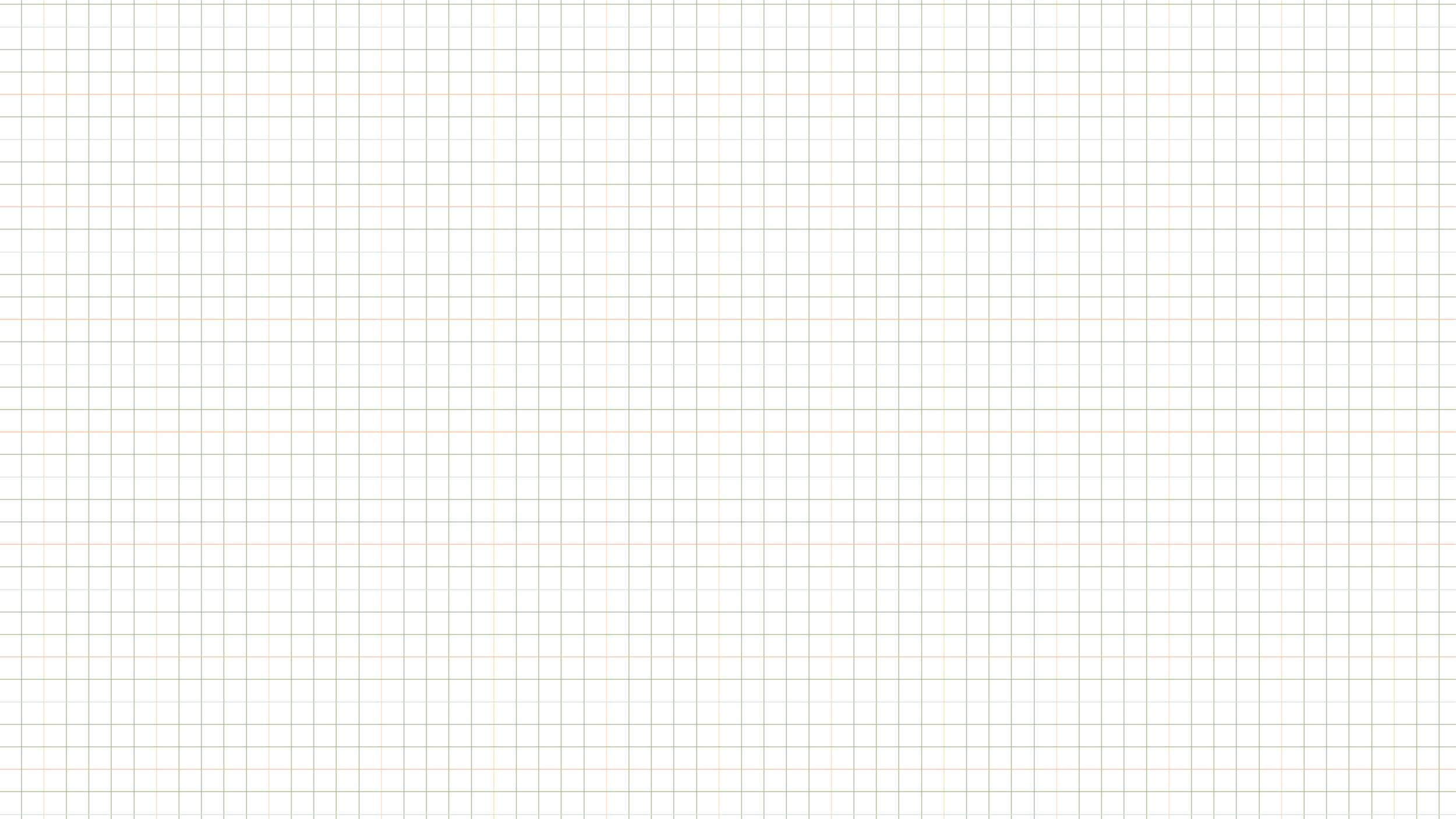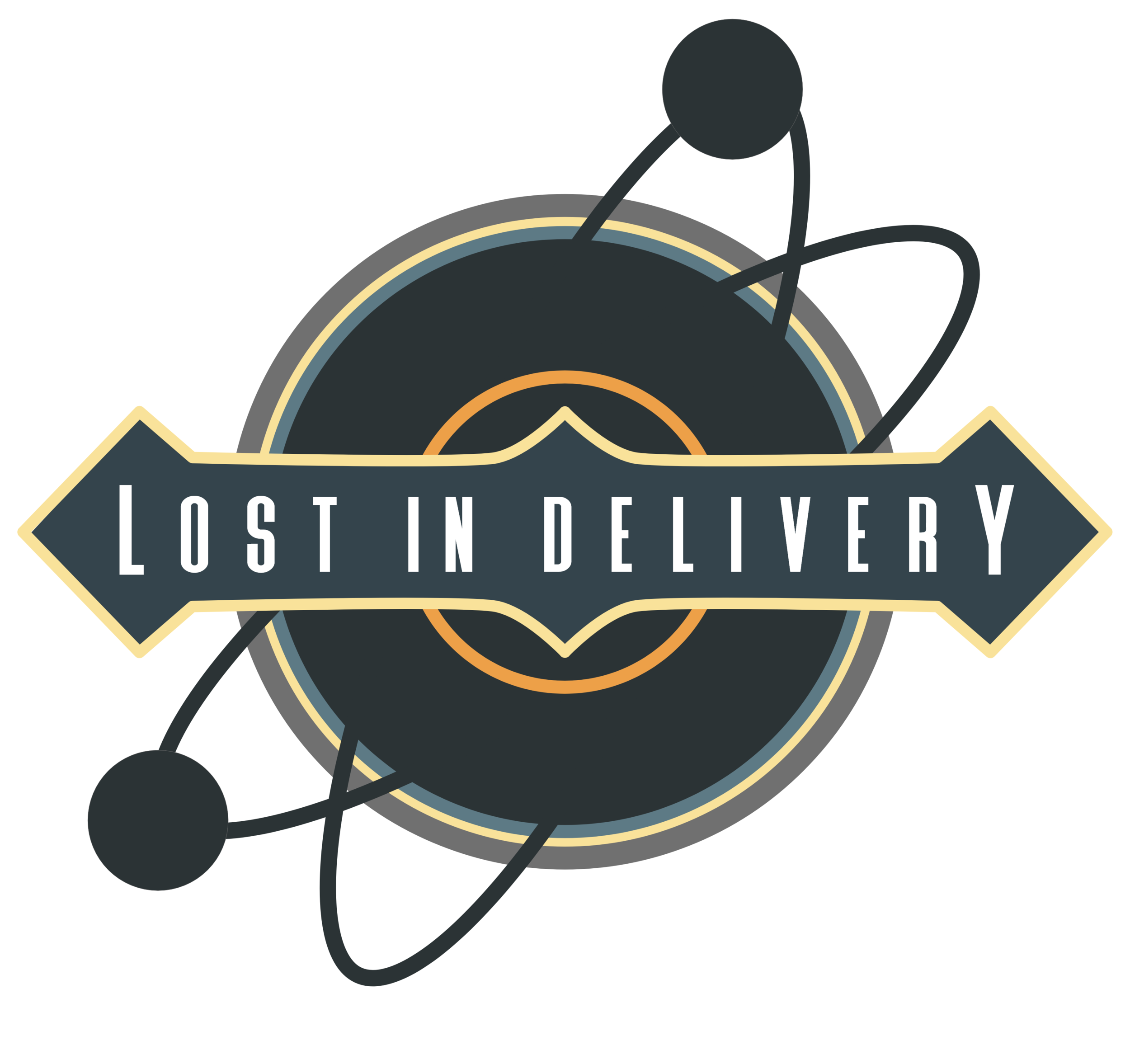
This project was done during the first French lockdown, as part of my third year at ISART Digital. The team was composed of six Game Designers, myself included.
The goal was to create a coherent and interesting open world with a focus on narration; as for the rest, we had full carte blanche!
Details: end-of-the-year project at ISART Digital
Dates: March 2020 - May 2020 (fully remote)
Roles: Level Designer & Narrative Designer & UI / UX Designer
Tools: Unreal Engine - Notion - Excel - LucidChart - Figma - Illustrator

What I worked on
-

Game Design
-

UX Design
-

Narrative Design
-

Merch
Creating the world
The player controls Leah, a young space postwoman. During one of her very first missions, her ship crashed on an uncharted planet and both her crew and cargo were completely scattered because of the shock. She will thus have to try to reach her captain, stranded at the top of the highest mountain, while recovering as many lost parcels as possible on her way.
As an open world, one of the main aspects of Lost in Delivery is the exploration of different places. Each area has been realized by a different Level Designer, except for the village which is a shared fulfillment.
This environment changes over time. Depending on a day / night cycle, the mysterious blob crystals that populate the planet will be either large or small, sometimes blocking the passage or, on the contrary, acting as shortcuts.
Designing the dialogue system
Narration is a strong component for this project. Throughout her adventure, Leah will meet many characters, each following a daily routine and moving around throughout the day. They also have branching dialogues, which can vary depending on the time of day or the place they are. The responses given by the player may also affect their routine, as well as the completion (or not) of a few quests.
I spent a good amount of time designing and fine tuning this dialogue system, by implementing its UI in the engine, adding a sound effect system to give each character a different voice, and adding posing and visual effects that would play depending on the character’s mood. I also designed a barks system, so that the NPCs could “talk” even outside of a dialogue box.
As a team, we wanted to have our characters express a wide range of emotions, and all this polish really helped convey the NPCs’ personalities.
Implementing a log system
These characters can all give the players some quests, which are listed in a log. At the beginning of the game, the log starts completely blank then automatically updates when a new information is obtained. The player is thus notified (with a notification on the HUD and a “NEW” vignette in the log) as soon as they make some progress, either in the main quest or in the side quests.
I was in charge of gathering all necessary informations regarding every designer’s quests, then designing a flowchart-like log with those pieces of informations. I also implemented it in the engine and designed the UI. Finally, I added a zoom / unzoom system to make it easier to read, since this screen quickly became absolutely huge.
Because we had so many NPCs and quests, that could almost all branch into different paths, it was really challenging for me to create a quest log that was readable, understandable and functional. However, I’m really proud of how it turned out!
You can see the whole process here!









